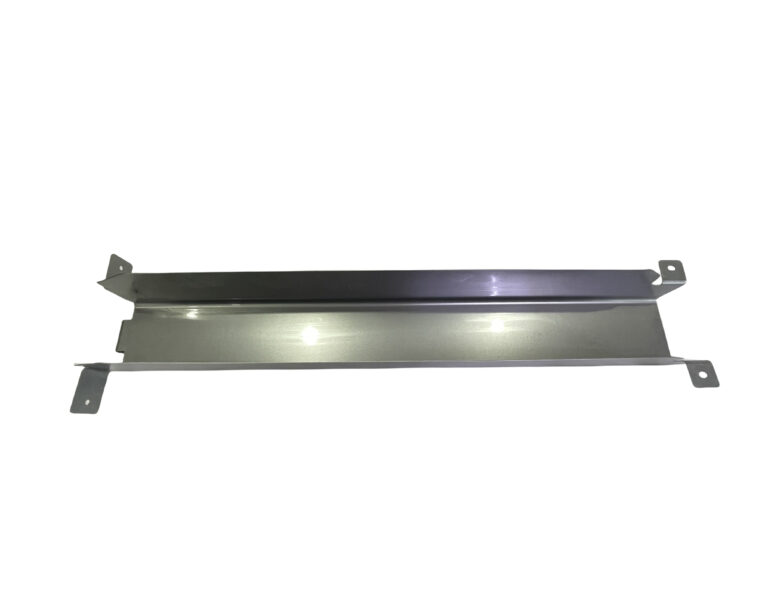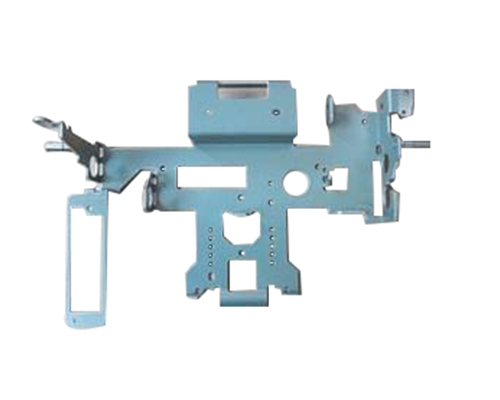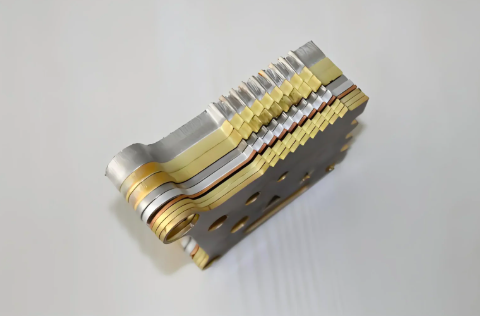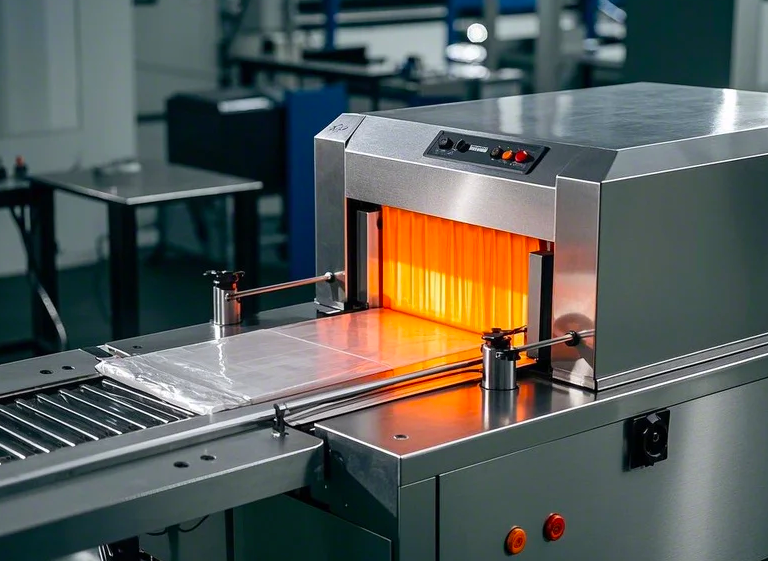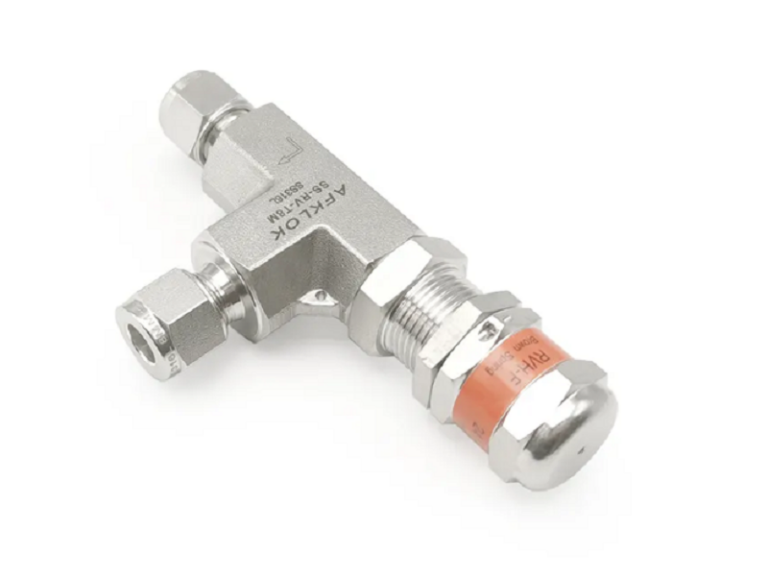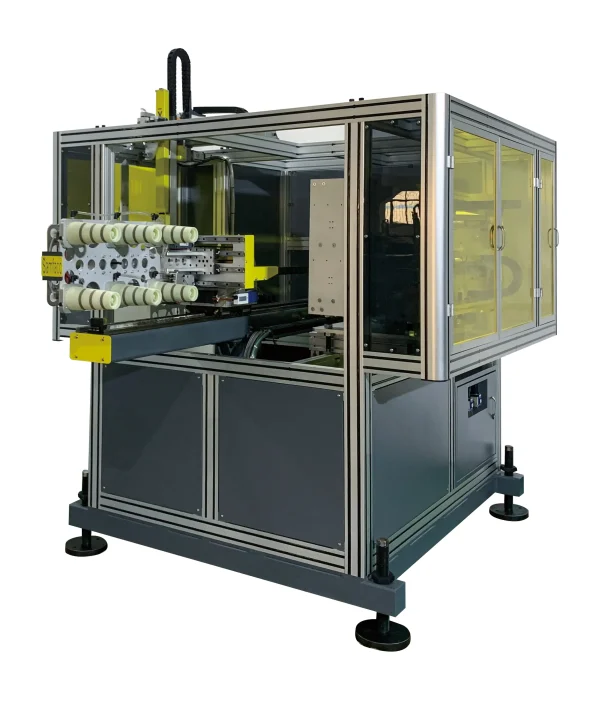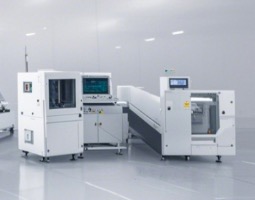Table of Contents
Introduction
The rise of advanced electronics has paved the way for more compact, efficient, and high-performing devices. At the heart of this transformation is Surface-Mount Technology (SMT)—a revolutionary approach to assembling circuit boards. But what exactly is SMT meaning, and why is it crucial for modern electronic manufacturing? This article explores the fundamentals of SMT, its benefits, and its applications across various industries.
What is SMT Meaning in Electronics?
SMT meaning refers to the method of directly mounting electronic components onto the surface of a printed circuit board (PCB), rather than using traditional through-hole technology. By eliminating the need for drilling holes, SMT enables faster, more automated production, resulting in streamlined manufacturing and smaller, more efficient circuit designs.
This process involves placing tiny components onto pre-defined solder pads and securing them through high-temperature reflow soldering. Because SMT allows for high-density circuit layouts, it has become the standard technology in industries that demand compact and lightweight electronics.
Advantages of Surface-Mount Technology
Compact and Lightweight Designs With SMT meaning, manufacturers can create smaller, more powerful devices, making it ideal for modern consumer electronics like smartphones, tablets, and smartwatches.
- Faster Production and Cost Efficiency SMT assembly is largely automated, reducing labor costs while ensuring high precision and speed in manufacturing.
- Improved Circuit Performance Shorter electrical paths in SMT designs minimize resistance and enhance signal integrity, boosting overall performance and reliability.
- Enhanced Durability Components secured through SMT are more resistant to environmental stress, vibrations, and impacts, making them suitable for portable and industrial applications.
Applications of SMT Across Industries
The significance of SMT meaning extends across multiple sectors, including:
- Consumer Electronics: From smartphones to gaming consoles, SMT enables compact and efficient circuit designs.
- Automotive Industry: SMT technology is used in vehicle sensors, control units, and infotainment systems.
- Medical Devices: Advanced medical equipment incorporates SMT for reliable, high-precision electronic components.
- Telecommunications: Networking devices, routers, and wireless communication tools benefit from SMT’s efficient designs.
Conclusion
Understanding SMT meaning is essential for grasping the advancements in modern electronics manufacturing. As demand for faster, smaller, and more durable devices increases, SMT remains a cornerstone of innovation. Whether in consumer technology, automotive applications, or medical equipment, SMT meaning continues to shape the future of electronic design and production.
0

